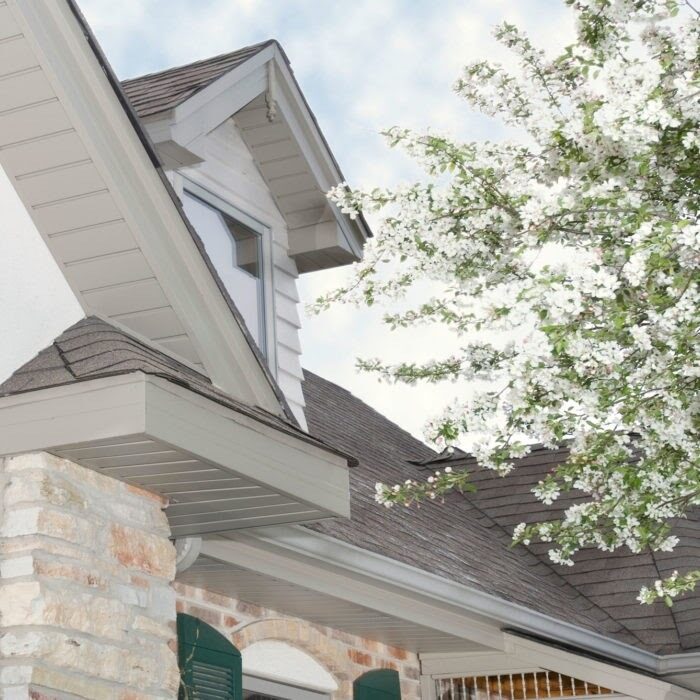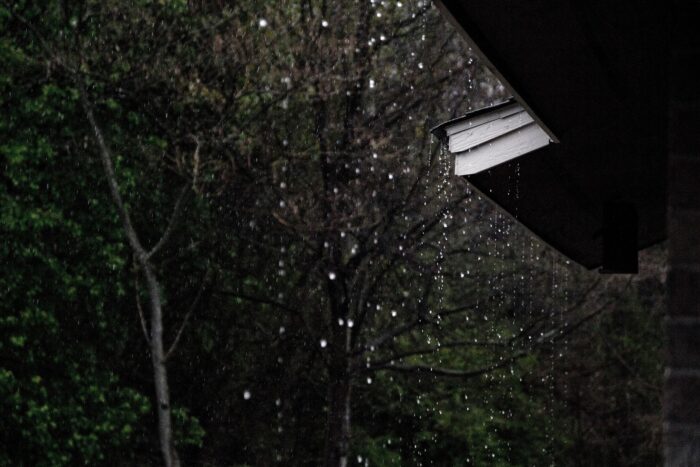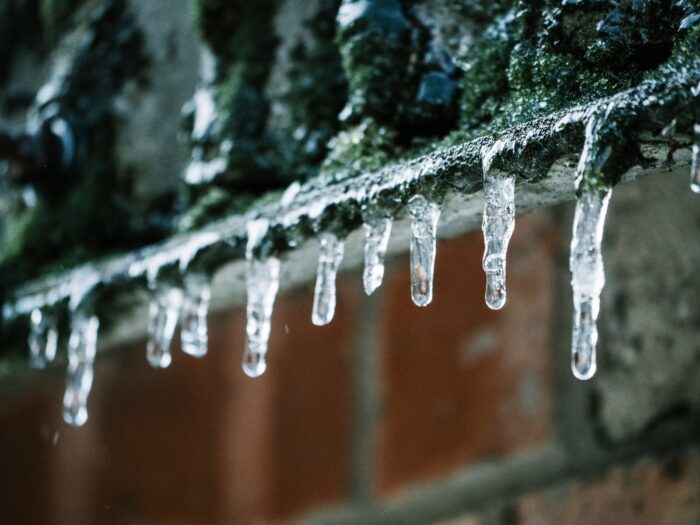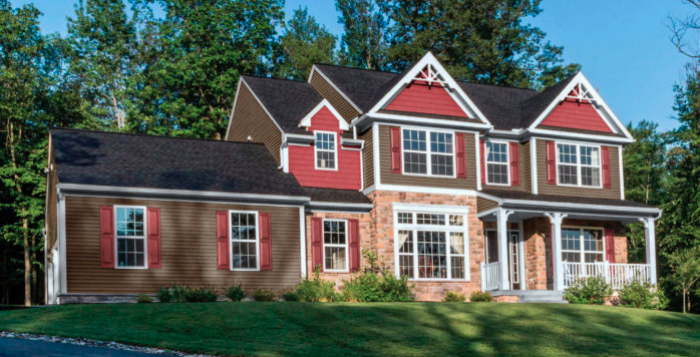Part of being a homeowner is taking care of your investment, and one of the best ways to invest in your home is by protecting it effectively. Choosing the right materials for your exterior certainly influences the level of protection on your home, but there’s a strategy to storm season home protection.
The beginning of spring is a time of new growth, but it’s also ideal for some inclement weather and severe storms. A late winter or early spring storm can quickly turn into damaged siding (or a more dangerous situation) for homeowners, if they’re not prepared.
Before You Start: A Strategy for Optimal Protection
A home protection strategy will give owners peace of mind during storm season. That strategy needs to take into account what your homeowner’s insurance on the property will cover. A late winter storm can bring flooding, fallen limbs and leaky roofs, so it helps to know if your policy protects you from storm damage or covers any repairs.
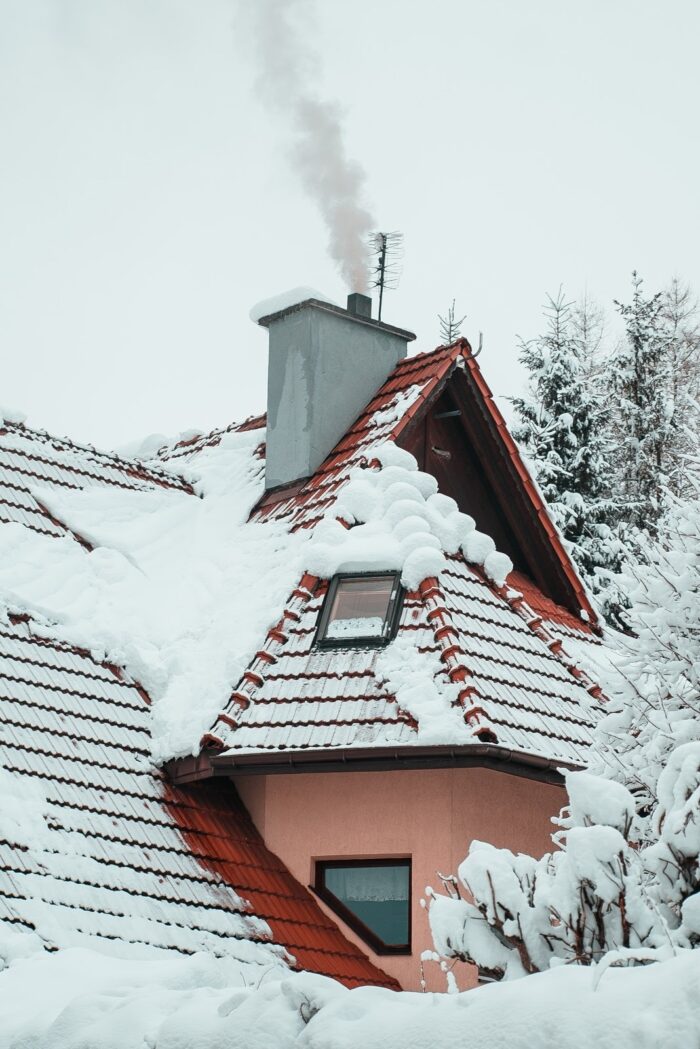
Insurance experts at the Perrine Agency also recommend tackling a few maintenance tasks now, to help avoid a property claim later:
- Inspect and clean gutters and downspouts to keep them from getting clogged.
- Trim trees, especially those close to the house.
- Secure any items around your porch, deck, pool and/or patio in case of high winds.
- If your area is prone to flooding, remove any valuable items from the ground.
- Keep pipes from freezing and bursting by keeping them warm and allowing water to drip from faucets.
- Inspect decks, stairways and handrails to ensure they’re safe to use if things get icy.
- Make sure alternative power sources are in working order.
- Make sure your home’s monitoring systems (smoke alarms, carbon monoxide detectors and home security) are fully functional.
Steps to Protect Your Home — Inside and Out
Some regions experience freeze/thaw cycles during colder seasons, which can cause serious damage to home exteriors if there’s any moisture infiltration. Homeowners should inspect and maintain their exterior regularly, which prevent a few kinds of damage:
- Water seepage into cracked or damaged siding
- Warped or rotted wood
- Excessive moisture and mold buildup
Homeowners can focus on a few key areas of the home to help ensure optimal protection from seasonal storms (and potential damage).
Attics and Roofs
Homeowners should avoid any kind of ice build-up on the roof, gutters and rainware. Ice damage can be a serious risk to your home’s protection.
The most effective solution for preventing ice is to keep your attic ventilated and cool. If the attic area is too warm, this can cause snow and ice on the roof above it to melt. That melt will eventually freeze again at the edge of your gutter where the temperature drops again and form ice dams.
Keep your attic well insulated to prevent icy buildup. You should hire a professional if you’re not sure about a DIY-insulation project, or you can install batt insulation if you decide to tackle the job yourself.
BONUS TIP: Take special care not to cover any of your soffit vents with insulation! Keeping your soffits clean and maintained will help air to circulate in your attic and the rest of your home, which helps with energy efficiency and indoor health.
Insulation Around the Home
A high-performing home has adequate insulation. Energy.gov provides homeowners with a guide on where to add insulation and what levels of insulation will optimize energy-efficiency in the home.
Homeowners should also insulate their pipes to make sure they don’t freeze when it gets chilly. "Water is the most common source of property damage," says Jenny Naughton, executive vice president for Chubb Personal Risk Services. The risk goes up if you’re on vacation. "Homeowners are never more at risk than when they are away from their homes, as water can leak uninterrupted for days on end."
Make it a point to check all of your pipes, including the ones in crawl spaces and the basement. Opening up any cabinets under the sink can also help to warm up pipes by helping heated air circulate.
Windows + Doors
Homes often lose the most heat through windows and doors throughout the home. Gaps in older windows or a faulty door seal let cold air inside the home and allow warm air to leak out.
Inspect these areas of the home regularly to make sure there aren’t any cold drafts. Re-caulk any seals and install film insulators to help protect from air infiltration. If there’s visible damage or if repairing the seal doesn’t correct the problem, you’ll need to consider replacing the windows.
Exterior Siding and Trim
Check your home’s siding regularly to make sure there aren’t any cracks in the material or foundation issues.
If you have wood siding:
- Wash gently with soap and water.
- Inspect it for holes or cracks and fill in with caulk.
- Treat the panels with a sealant or protective coating.
- Replace any siding panels that have holes or cracks.
If you have vinyl siding:
- Wash with soap and water.
- Pressure wash any stubborn grime and dirt.
- Check siding after major storms for dents or cracks.
- Panels with cracks should be replaced to prevent water and insect infiltration.
If you have aluminum siding:
- Wash with soap and water, or pressure wash for excessive dirt.
- Check your siding after major wind or hail storms for dents and cracks.
- Pop-out dents from panels where possible.
- Panels with cracks should be fully replaced.
If you have steel siding:
- Rinse with water, if needed.
- Inspect after severe storms.
- Check your manufacturers’ recommendations for additional maintenance.
Take Exterior Protection One Step Further
Storms can often take homeowners by surprise, especially during the late winter and early spring when temperatures and weather are unpredictable. That can make damage to the home even more devastating.
Homeowners can help to ensure their home is protected from weather damage by choosing materials that take performance one step further. Protect your home with confidence and durable exterior materials to help ensure your family and house stay safe during severe storms.
Rollex steel and vinyl siding offer homeowners unbeatable weather protection, even in harsh, wet climates and hail-prone areas. Homeowners can enhance their home’s protection even more by choosing soffit and rain ware that’s tested to the highest standards for weather protection and energy efficiency.
Want more tips for cold weather protection? Here are a few tips on protecting your soffits from winter damage.

